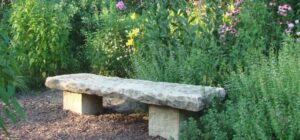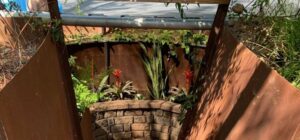The Benefits of Raised Bed Gardening in the Desert Southwest
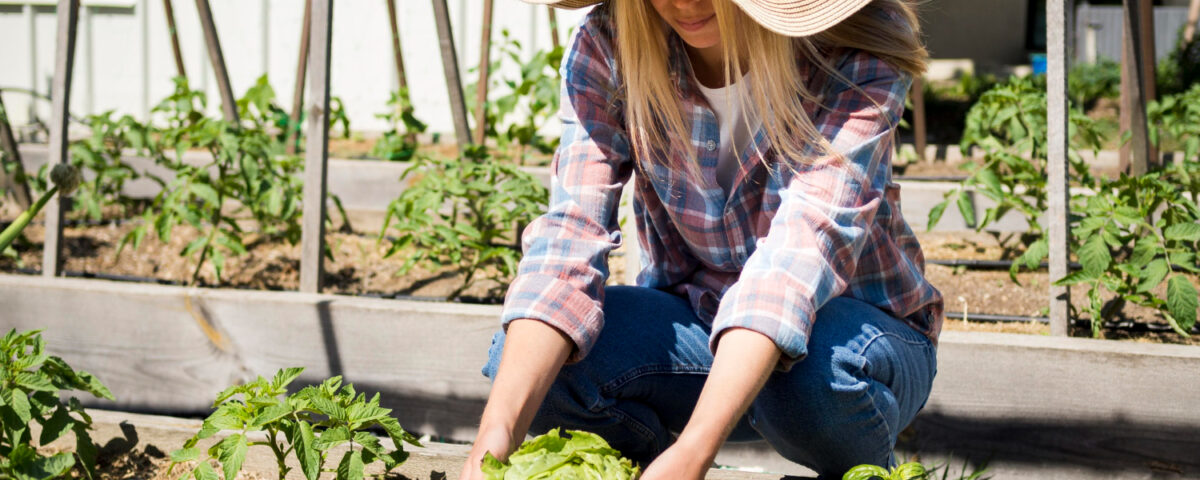
Raised bed gardening is a perfect solution for home gardeners in the desert Southwest. The dry climate and challenging soil conditions make it hard to grow healthy plants. With raised beds, you can control the soil, water, and environment. This method transforms gardening into a manageable and rewarding experience.
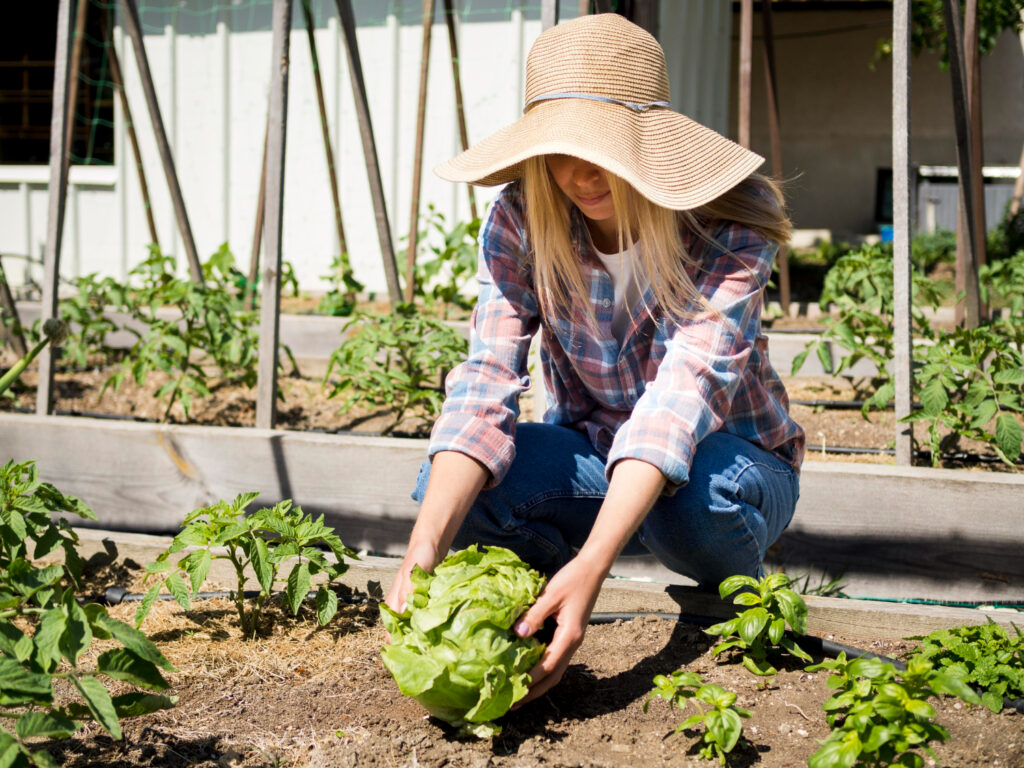
Why Choose Raised Bed Gardening?
Raised bed gardening offers many advantages for desert gardening. It helps overcome the unique challenges of this region. Here are some of the key benefits:
Improved Soil Quality
The soil in the desert Southwest is often sandy or full of clay. This makes it hard for plants to thrive. Raised beds let you add nutrient-rich soil to improve growing conditions. You can mix compost, organic matter, and other amendments. This creates an ideal environment for plants to grow strong and healthy.
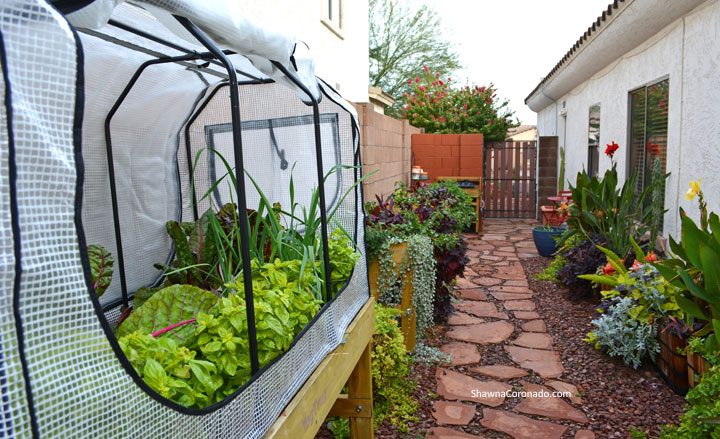
Better Water Retention
Water is precious in the desert. Raised beds help you conserve water by controlling how much your plants receive. Adding mulch on top of the soil reduces evaporation. Drip irrigation systems work well with raised beds. They deliver water directly to the plant roots where it is needed most.
Easier Weed Management
Weeds compete with plants for nutrients, water, and sunlight. Raised beds make it easier to control weeds. The height of the bed reduces weed seeds blowing in from surrounding areas. Using landscape fabric or a thick layer of mulch stops weeds from sprouting.

Adapting to the Desert Climate
Raised bed gardening is an excellent way to adapt to the desert’s extreme conditions. The following tips can help your garden thrive:
Temperature Control
The desert climate can swing from scorching days to cool nights. Raised beds warm up faster in the spring and stay warm longer into the fall. This allows you to extend your growing season. You can also shade your plants with shade cloth during hot summer months to prevent heat stress.
Protection from Soil Contaminants
Urban areas in the desert may have contaminated soil. Raised beds act as a barrier, keeping your plants safe. Use untreated wood, bricks, or stone to build the frames. Avoid pressure-treated wood, as it may contain chemicals.
Pest Prevention
Pests are a common problem in any garden. Raised beds can reduce pest issues by elevating plants off the ground. Adding a wire mesh beneath the bed keeps gophers and other burrowing animals out. Row covers protect plants from flying insects.
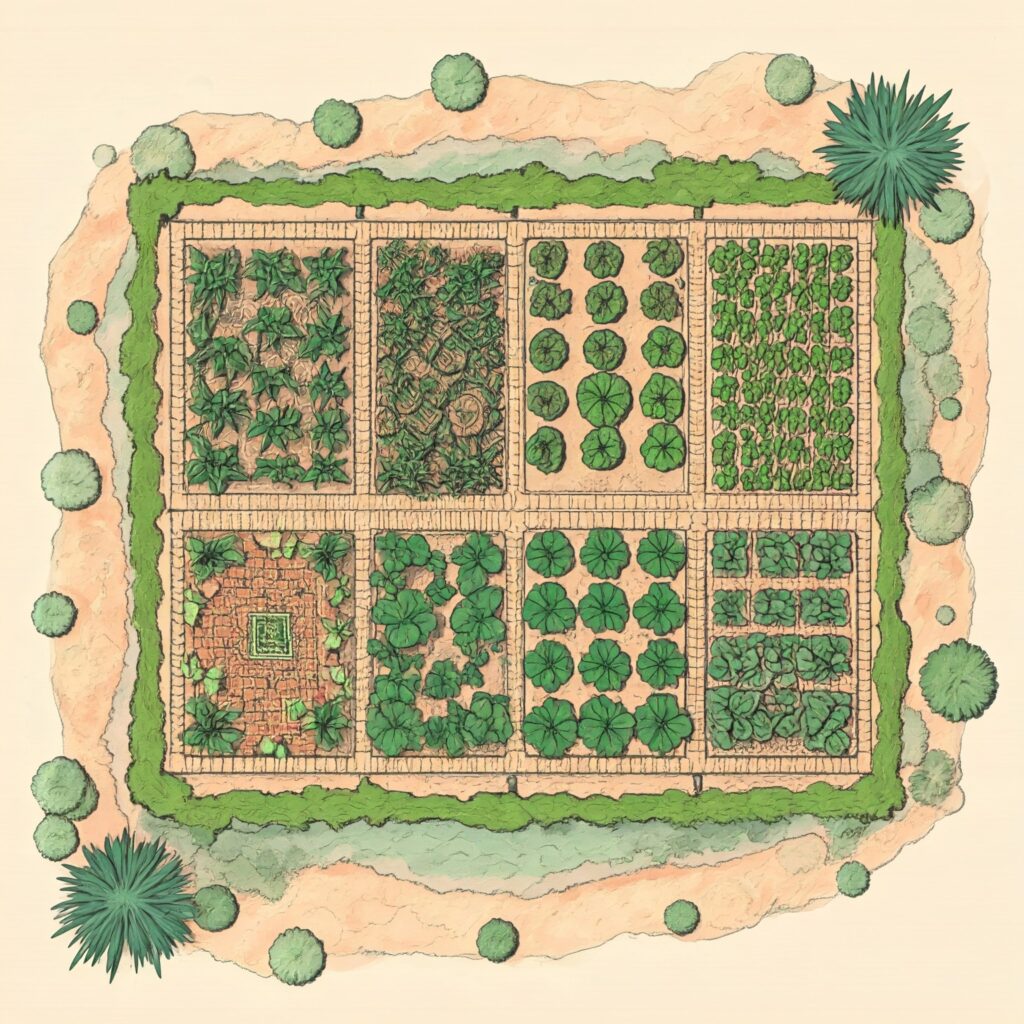
Designing Your Raised Beds
Size and Shape
The size of your raised bed depends on your space and needs. A common size is 4 feet wide and 8 feet long. This width allows you to reach the center without stepping on the soil. Keep the height between 12 and 18 inches for most plants. Deeper beds may be needed for root vegetables like carrots or potatoes.
Materials
Choose materials that can withstand the desert’s heat and dry conditions. Cedar and redwood are durable options for wooden beds. Concrete blocks or galvanized metal can also work well. Ensure the materials are safe for growing food.
Soil Mix
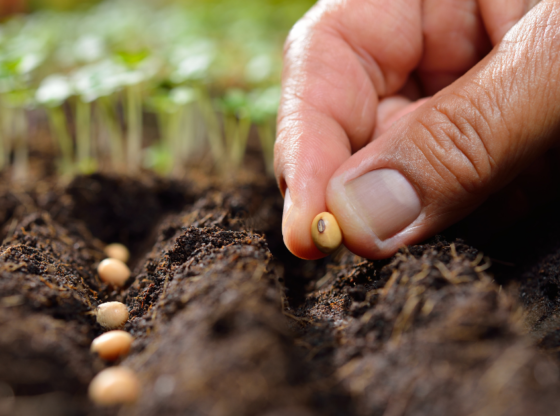
A good soil mix is essential for raised bed gardening. Combine equal parts of compost, garden soil, and coarse sand. Add organic fertilizers to enrich the soil further. Test the soil pH to ensure it is suitable for the plants you want to grow.
Planting in Raised Beds
Crop Selection
Choose plants suited for the desert’s climate. Heat-tolerant vegetables like tomatoes, peppers, and squash do well. Herbs such as basil, oregano, and thyme thrive in raised beds. Native plants and drought-resistant varieties are excellent choices.
Spacing and Depth
Plant spacing is crucial in raised beds. Overcrowding can lead to competition for resources. Follow the seed packet recommendations for spacing and planting depth. Remember that raised beds allow closer planting because the soil is richer.
Companion Planting
Companion planting helps improve growth and reduce pests. Marigolds deter harmful insects. Basil enhances the flavor of tomatoes. Experiment with plant pairings to maximize your garden’s potential.
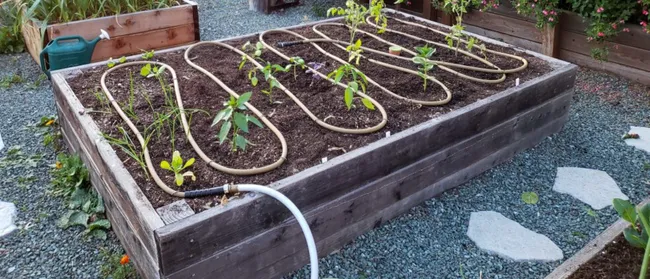
Maintenance Tips for Success
Regular Watering
Raised beds dry out faster than in-ground gardens. Water consistently to keep the soil moist. Early morning watering is best to reduce evaporation. During peak summer months, monitor moisture levels daily. Drip irrigation in the desert Southwest is essential.
Fertilizing
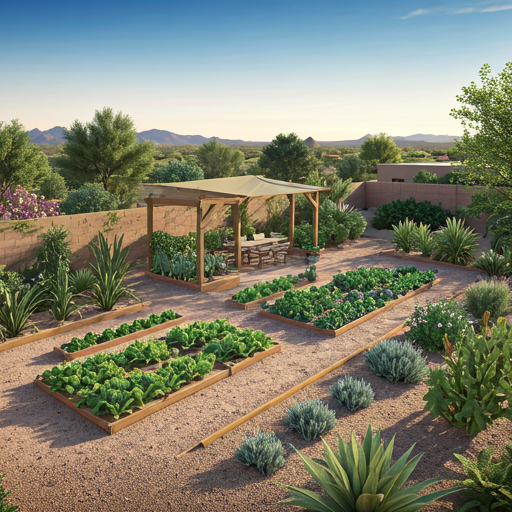
Even with rich soil, plants may need additional nutrients. Use organic fertilizers like fish emulsion or compost tea. Feed your plants every two to three weeks during the growing season.
Mulching
Mulch is a must for raised bed gardening in the desert. It keeps the soil cool and reduces water loss. Organic mulches like straw or shredded bark work well. Refresh the mulch layer as needed.
Seasonal Care
Raised bed gardening allows you to garden year-round in the desert. In winter, cover beds with frost cloth to protect plants from cold snaps. In summer, use shade cloth to shield them from intense heat.
Start Your Raised Bed Garden Today
Raised bed gardening is a game-changer for gardeners in the desert Southwest. It offers better soil, water efficiency, and pest control. This method makes it easier to grow healthy plants in challenging conditions. Start small and expand as you gain confidence. With the right approach, your garden will thrive year-round.
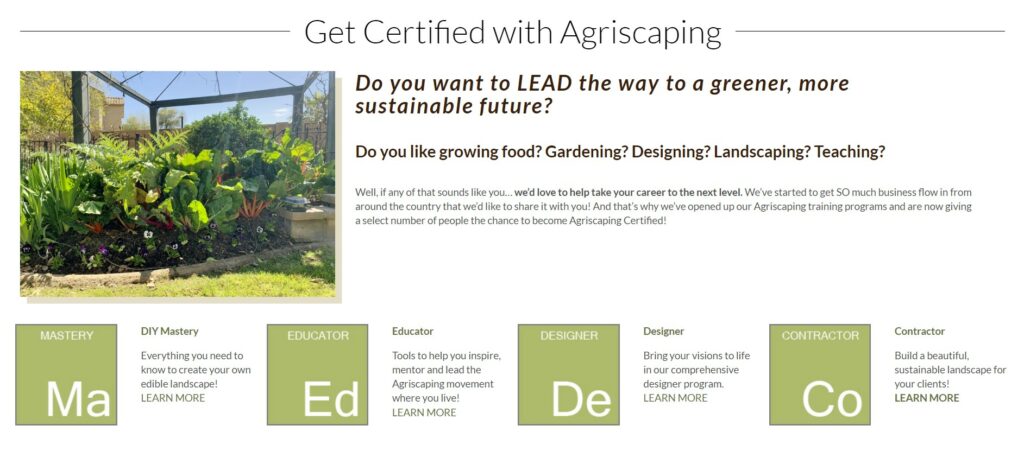
Read Our Latest Posts…
- A Garden-Fresh Christmas: Agriscaping Tips for a Festive and Sustainable HolidayExpert tips for desert gardening, from plant zoning and efficient irrigation to soil care and agriscaping for a sustainable landscape.
- 7 Garden Design Themes for Your Elegant Edible LandscapeExpert tips for desert gardening, from plant zoning and efficient irrigation to soil care and agriscaping for a sustainable landscape.
- Subterranean Trampoline Gardens: A Hidden Oasis for Growing and PlayingExpert tips for desert gardening, from plant zoning and efficient irrigation to soil care and agriscaping for a sustainable landscape.
- 7 Elegant Edible Flowers To Be Thankful ForExpert tips for desert gardening, from plant zoning and efficient irrigation to soil care and agriscaping for a sustainable landscape.
- Top 10 Winter Wonders: Beautiful and Edible Flowers for the Cool SeasonExpert tips for desert gardening, from plant zoning and efficient irrigation to soil care and agriscaping for a sustainable landscape.


